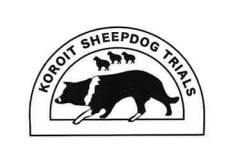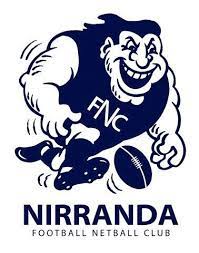If you look down at a mix of clover, daisies and dandelions in Australia it doesn’t seem particularly special. But high up in the mountains of France or Switzerland, they become something amazing! These mountain pastures, known as “alpage”, are part of a particular type of farming that holds an important place in French and Swiss culture.
In summer months, farmers move their cows (and goats) up into the mountains. They are then able to make hay and silage from the valley meadows, which provides feed for their cows in winter. The milk produced in summer is turned into cheeses such as Emmental, Gruyere, Beaufort and Abondance. These alpine cheeses are generally large, round and semi-hard/hard: historically this provided them with a longer shelf life and easier transportation down the mountains.

But why are alpine pastures so special?
A cow’s diet can influence the taste and texture of the cheese that’s made from their milk. One research paper summarised the effects of various combinations of pastures, hays, silages, and concentrates on cheese flavours and textures. Diet composition influenced the following cheese descriptors: bitter, smoky, buttery, spicy, salty, acidic, sweet, cowy, fruity, grainy, smooth, creamy, rough, crumbly.
Another interesting paper looked at the difference in terpene levels in milk and cheese from alpine cows grazing different diets (terpenes provide the herby and floral smells in plant essential oils). The terpene levels were low or undetectable in the cheese and milk from cows consuming a winter diet of valley meadow hay. However, the cheese and milk from cows grazing the summer alpine pasture had high terpene levels. The levels of the different terpenes even changed between the start and end of summer grazing.

Even within plant group, the floral species differ with different altitudes. For example, the majority of valley meadow flora was composed of timothy grass, cat grass, red fescue, red clover, pea vines, bird vetch, dandelion, caraway and buttercups. The major alpine pasture species included oatgrass, red fescue, sheep fescue, wild thyme, meadow sage, dandelion, common sainfoin, yarrow, knapweed and mouse-eared hawkweed (even the plant names seem extra special in the alps!)
What about the cows?
Particular breeds of cows are used for dairying in the mountains, including Brown Swiss, Fleckvieh and Abondance. As expected from the pastures they graze and the climbing they have to do, the cows produce lower volumes of milk than cows in Australia. But, this milk is higher in fat and protein. Most cows have bells that help farmers locate them – an unforgettable sound for the many tourists that visit 😊

Not only is the pasture they graze pretty, but the views these alpine cows have are pretty awesome too!






























